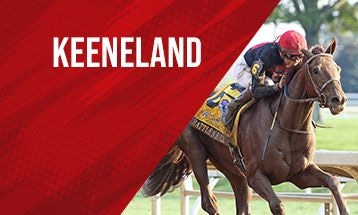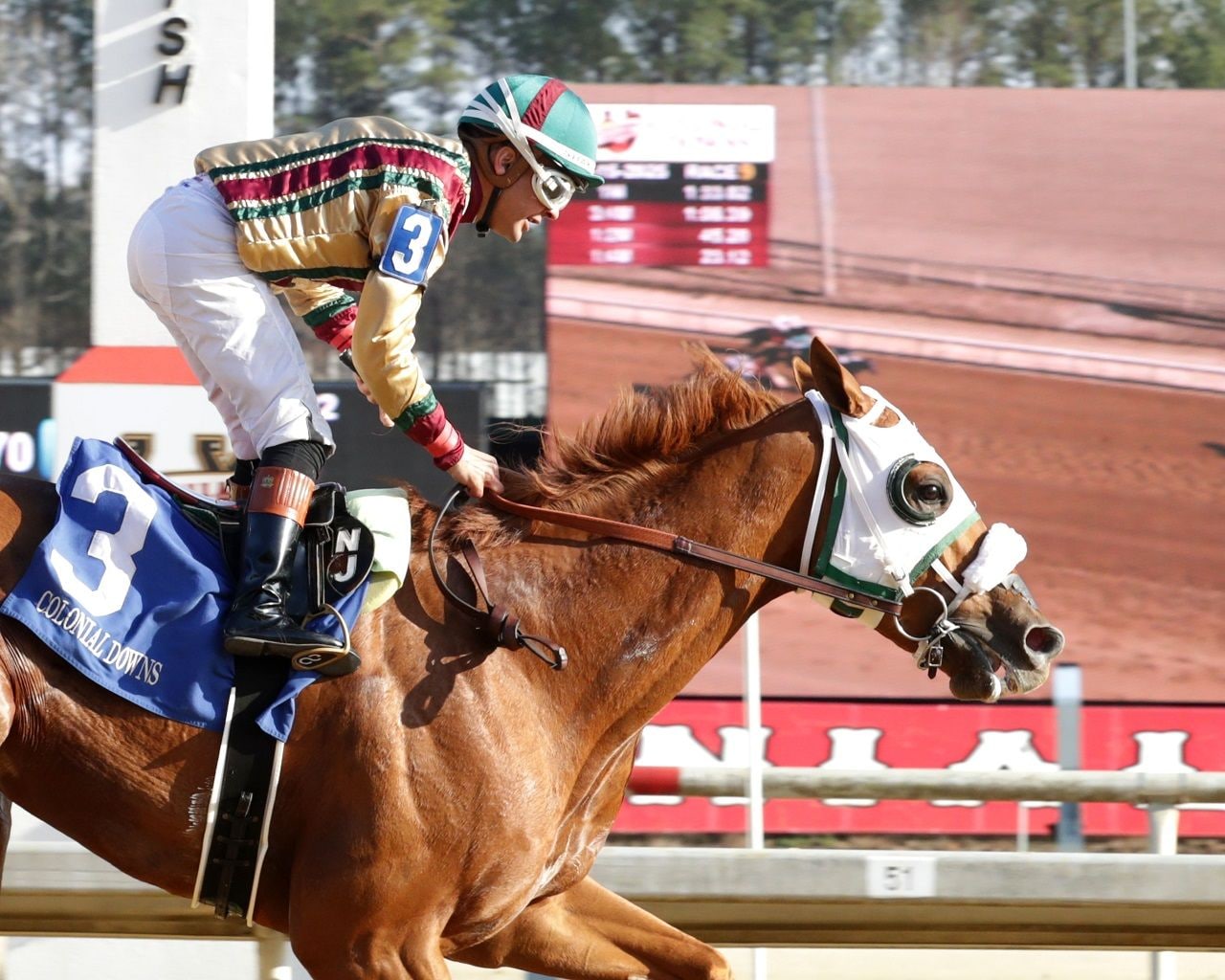
After Luxor Cafe clinched his invitation to the Kentucky Derby (G1) via the Japan Road, his form was upheld in Saturday’s UAE Derby (G2) by Admire Daytona, who booked his own ticket to Louisville.
Read Article
Presumptive Kentucky Derby favorite Journalism will make his final prep in Saturday's Santa Anita Derby against a pair of well-regarded Bob Baffert trainees; Tenma heads six in Santa Anita Oaks
Read Article
Withers winner Captain Cook will look to certify himself as a serious Kentucky Derby (G1) contender in Saturday’s $750,000 Wood Memorial (G2) at Aqueduct. He heads a 12-horse field in the major Kentucky Derby qualifier.
Read ArticleNews
See AllThe California form heading into the Kentucky Derby (G1) was flattered in New York on Saturday when Rodriguez gave nine rivals the slip in the $750,000 Wood Memorial (G2) at Aqueduct.
Read ArticleLast year’s Japanese champion three-year-old male, Danon Decile, scored in his first international foray in Saturday’s $6 million Dubai Sheema Classic (G1) at Meydan.
Read ArticleSaturday’s $5 million Dubai Turf (G1) was supposed to be all about Hong Kong legend Romantic Warrior, but the 1-5 favorite was mugged on the line by Japan’s Soul Rush.
Read ArticleHours before squaring off as the two favorites in the Santa Anita Derby (G1), Journalism and Citizen Bull closed as the top two choices in Kentucky Derby Future Wager Pool 6.
Read ArticleA night of upsets at Meydan culminated in Saturday’s $12 million Dubai World Cup (G1), as the 41-1 Hit Show struck top gear late to deny fellow American longshot Mixto, leaving 1-2 favorite Forever Young behind in third.
Read ArticleFollow our live coverage for expert picks, up-to-the-minute odds, breaking news, and exclusive bonus offers from Aqueduct and Santa Anita.
Read ArticleAfter Dubai Future missed his entire eight-year-old campaign in 2024, the Godolphin homebred’s racing career appeared to be receding into the past.
Read ArticleThe Dubai World Cup (G1) anchors a quartet of Breeders' Cup Challenge races at Meydan Saturday, and earlier on the card, the Euro/Mideast Road to the Kentucky Derby concludes with the UAE Derby (G2).
Read ArticleAn unusual start to the 2025 spring meet at Keeneland begins Sunday, the first of eight consecutive days of racing at the Lexington, Ky., plant after an inordinate amount of rain pelted the region this week and forced officials to postpone cards scheduled for Friday and Saturday.
Read ArticlePool 6 of the Kentucky Derby Future Wager will open its three-day run on Thursday and offers bettors a final opportunity to lock in odds prior to the 151st Kentucky Derby on May 3
Read ArticleA days-long wet weather system forecast to affect central Kentucky this weekend could wreak havoc on Keeneland's signature program of the spring meet on Saturday, in particular the two stakes scheduled for the turf.
Read ArticleChancer McPatrick and River Thames highlight a deep and competitive field of seven in Saturday's $1.25 million Blue Grass Stakes (G1) at Keeneland.
Read ArticleBrisnet Class ratings for North American Thoroughbred from March 24-30
Read ArticleBrisnet Speed ratings for North American Thoroughbred stakes races March 24-30
Read ArticleSouthern California Brisnet Speed Rating Report for Thoroughbred racing March 24-30
Read ArticleKentucky Brisnet Speed Rating Report for Thoroughbred racing March 24-30
Read ArticleKentucky Brisnet Speed Rating Report for Thoroughbred racing March 24-30
Read ArticleADVERTISEMENT
Featured Products
Super Screener
HRN's premiere analysis product, providing selections, analysis & wagering strategy for top stakes every weekend. Mike Shutty uses historical data to screen each race, identifying criteria that helps pick winners & toss vulnerable favorites.
Buy NowBruno With the Works
Bruno De Julio & team bring 30+ yrs experience observing racehorses to Brisnet with valuable insight into their morning routines & chances for success in the afternoons.
Buy NowChalk Buster Pick of the Day
In depth analysis, comments and wagering strategy on the one race which is selected as Pick of The Day!
Buy Now

















